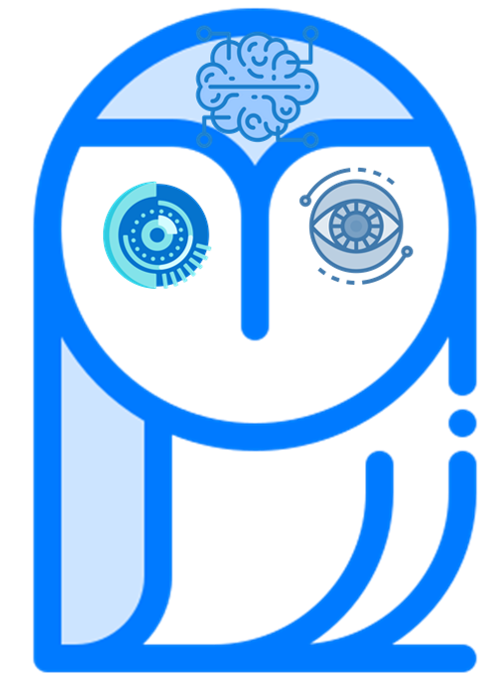

- AN INTRODUCTION TO STATISTICAL LEARNING REVIEW ZIP FILE
- AN INTRODUCTION TO STATISTICAL LEARNING REVIEW CODE
While the approach is statistical, the emphasis is on concepts rather than mathematics. This book describes the important ideas in these areas in a common conceptual framework. Many of these tools have common underpinnings but are often expressed with different terminology. The challenge of understanding these data has led to the development of new tools in the field of statistics, and spawned new areas such as data mining, machine learning, and bioinformatics.

With it has come vast amounts of data in a variety of fields such as medicine, biology, finance, and marketing. Regents Guide to Understanding Copyright.During the past decade there has been an explosion in computation and information technology. Make-Up Tests - written pre-approval or medical documentation required (no retakes).Late Points - 10 points off per day late.
AN INTRODUCTION TO STATISTICAL LEARNING REVIEW CODE
Submit presentation slides including the above items (in pdf) and source code by Points: One third for presentation and two thirds for submission. Term Project Final Presentations: November 26, 27, 29, 2018 Term Project Proposal Presentations: November 8, 2018ĭata Science Process to Follow, e.g., see Worth twice the points of regular projects. The term project including a demo will be presented during the last week of class. Project includes data collection, data analytics, interpretation and recommendationsįor a real-world project. Multiple Linear Regression using the TBA datasetĬlassification Problem in ScalaTion and RĬompare Several Classification AlgorithmsĪ Regression Problem and a Classification Problem.Ī two-page proposal giving a detailed description of the application you propose to develop Regression Problem in ScalaTion, R and Spark MLlib Description Starter Code (must be used) Comment Due Ten percent of the grade is determined by how well documented the project is (all interfaces, classes, fields,Ĭonstructors, methods and parameters must be documented).Īnother ten percent of the grade is determined by how well the effort is divided between the two group members. The ReadMe file must contain instructions for compiling and running the program as well as a detailed explanation Turn in your fully commented source code files, an SBT build.sbt file and a ReadMe file. One submission per group will be sufficient. The TA's email with the subject line " Group # Project #".
AN INTRODUCTION TO STATISTICAL LEARNING REVIEW ZIP FILE
Submit projects to the TA by sending a zip file containing all files to Google Cloud AI Google Cloud AI: Fast, large scale, and easy-to-use AI services. Weka Waikato Environment for Knowledge Analysis (Weka) Kaggle Kaggle is the place to do data science projects (source for final project) TensorFlow TensorFlow Machine Learning Library Requirement: Present 1 (group, subject to change). Requirement: Present 1 (individual, subject to change). (6) Perceptrons/Neural Networks, DSS 9.2-9.6, ESL 11. (1) Statistics and Machine Learning (one page essay) (4) K-NN Classifier, DSS 6.7, ISL 2.2.3, 3.5,įinal Exam: closed notes and book bring calculator 3 page info sheet allowed.Įxam Date: Tueday, Dec 11, 2018: 3:30 - 6:30 pm (2) Multiple Regression, DSS 4.5, ISL 3.2Įxam II: closed notes and book bring calculator 2 page info sheet allowed. Quiz: closed notes and book bring calculator 2 page info sheet allowed. (1) Mathematical Preliminaries, DSS 2.1-2.3, Grading 15% Exam I: topics = 9/25Įxam I: closed notes and book bring calculator 1 page info sheet allowed. 6: Linear Model Selection and Regularization Core concepts in supervised and unsupervised analytics, dimensionality reduction, and data visualization will be explored in depth. Monday 2:30-3:20 517 Forestry Resources 4Ī rigorous overview of methods for text mining, image processing, and scientific computing. Linear Regression Using R: An Introduction to Data Modeling, Introduction to Data Science Using ScalaTion, Trevor Hastiei, Robert Tibshirani and Jerome Friedman The Elements of Statistical Learning, 2nd Ed., Gareth James, Daniela Witten, Trevor Hastie and Robert Tibshirani


 0 kommentar(er)
0 kommentar(er)
